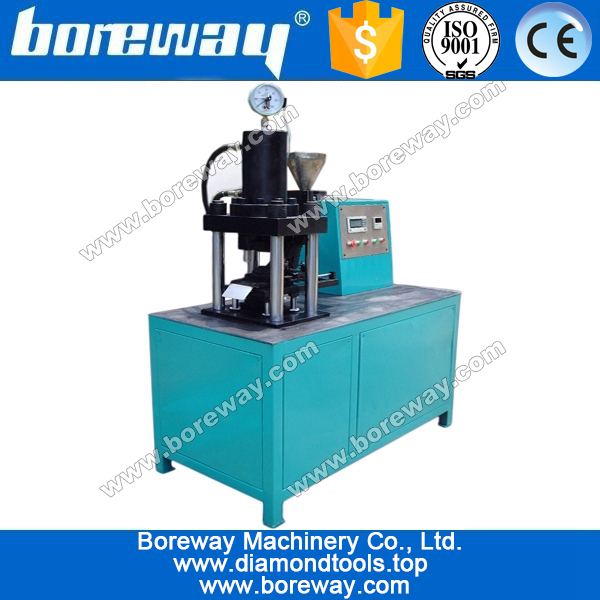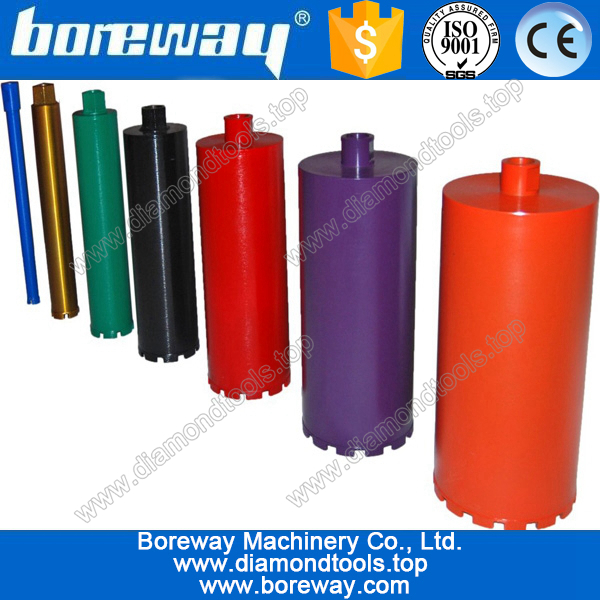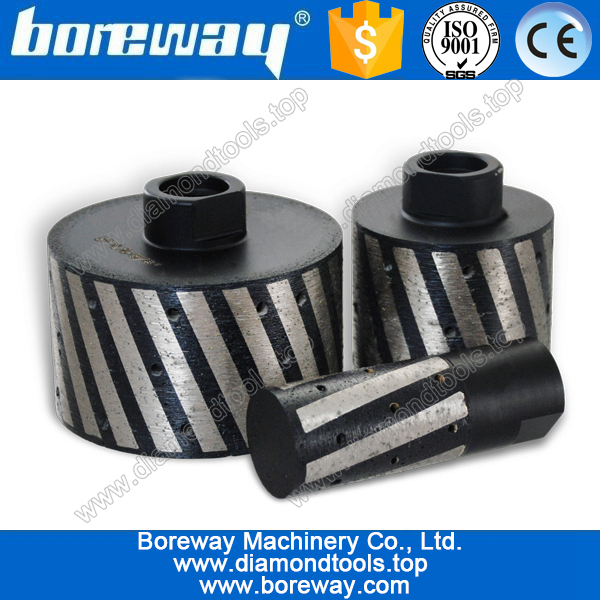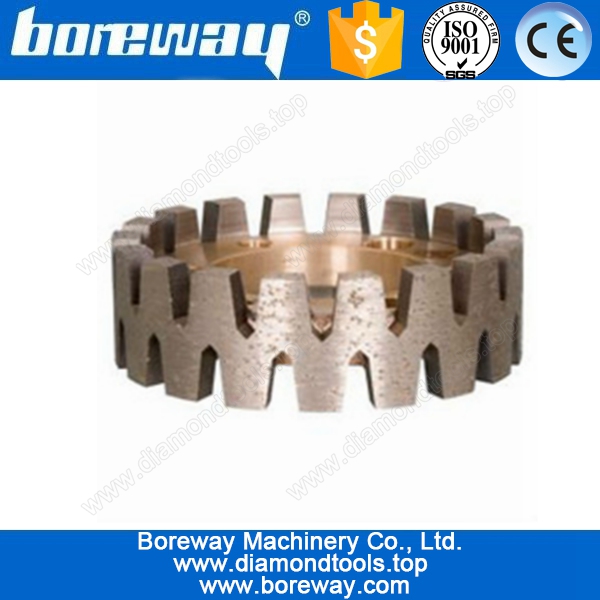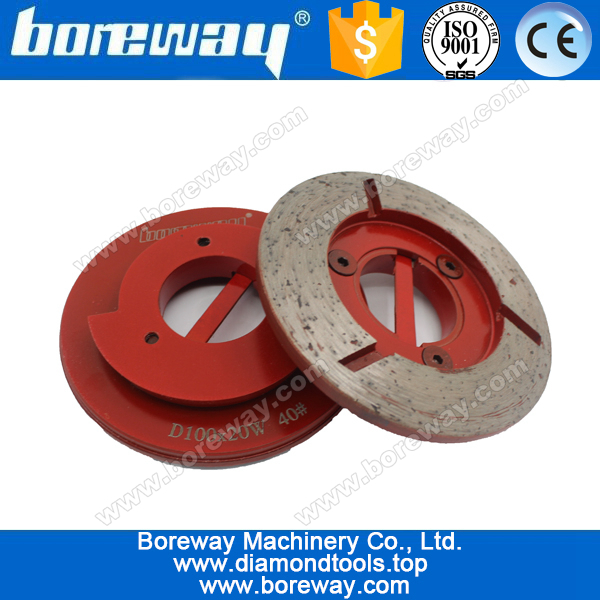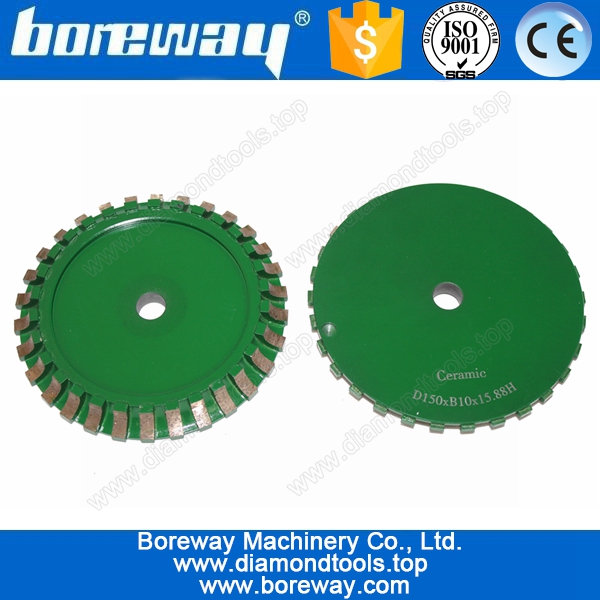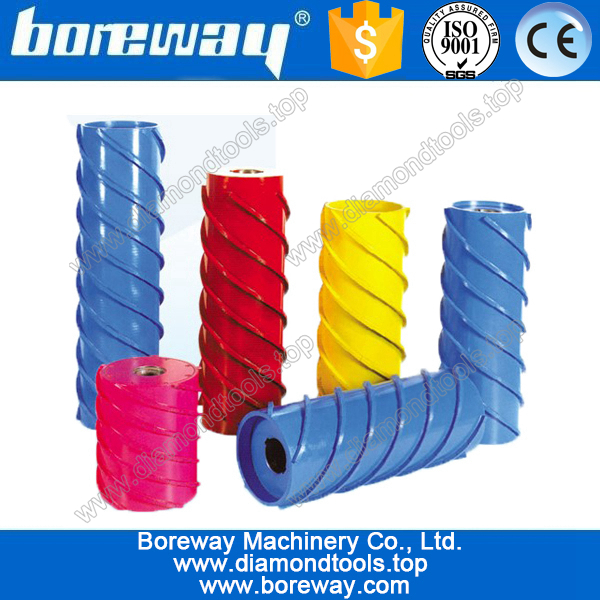Diamond powder particle size quality inspection - Powder Quality Inspection
Sherry Huang
www.boreway.com
2016-04-22 15:02:17
Powder particle size measurement method
PowderThe particle size measurement, a variety of instruments can be used. For example, biological microscope, projection microscopes, image analysis, projection-type electron microscope, scanning electron microscope, Coulter particle size analyzer. Biological microscope observation powder, select the appropriate magnification. Observation of 1.5 μm to a fine powder, preferably 1500-fold or 2000-fold amplification observed effect is better; biomicroscopy finest powder to be 0.25 μm, fine powder of less than 0.25 μm, preferably using a scanning electron microscope.
Powder particle size distribution of the abrasive cutting efficiency and roughness of the material has a certain impact. For fine grinding and polishing process, it is always required in coarse powder content of less, less elongated particles, the basic content is higher size, to focus, size distribution uniform. Especially for electroplating products of high fine powder, powder requirements better, uniform particle size composition, so relatively easy to control when plating Powder protrusion height, good product results.
Powder particle size distribution of the abrasive cutting efficiency and roughness of the material has a certain impact. For fine grinding and polishing process, it is always required in coarse powder content of less, less elongated particles, the basic content is higher size, to focus, size distribution uniform. Especially for electroplating products of high fine powder, powder requirements better, uniform particle size composition, so relatively easy to control when plating Powder protrusion height, good product results.
Micronized particle shape inspection
Powder particle shape, during polishing, at approximately spherical particles and the like product form as well. In standard powder, the needle rod-like particles is the ratio of the major axis and the minor axis of more than 3: 1. Exceed the maximum particle size of the needle rod-like particles in the powder can not have, but the length of the rod-shaped needle nominal maximum particle size and maximum between particles, allowing no more than 3%.
Observation under a microscope translucent transparent tabular grain size smaller than D5 can not count,DiamondPowder Tabular grains does not exceed 5%.
Observation under a microscope translucent transparent tabular grain size smaller than D5 can not count,DiamondPowder Tabular grains does not exceed 5%.
Powder impurity content test
Diamond powder of various particle sizes impurity content of not more than 2%, impurities including metallic and non-metallic impurities, mainly: Si, Fe, Mn, Co, Ni, Ti, Ca, Mg, Na and the like.Composite sheetMicronized high quality requirements, controlling the impurity content less than about 5 × 10-5.
useBurning weight-loss methodDetermination of impurities in the powder, said samples taken from 0.5 g powder, into the constant weight of the crucible, placed in a muffle furnace, burning to constant weight at 1000 ℃, the residue is re-impurity, calculated mass fraction.
Diamond powder of various particle sizes impurity content of not more than 2%, impurities including metallic and non-metallic impurities, mainly: Si, Fe, Mn, Co, Ni, Ti, Ca, Mg, Na and the like.Composite sheetMicronized high quality requirements, controlling the impurity content less than about 5 × 10-5.
useBurning weight-loss methodDetermination of impurities in the powder, said samples taken from 0.5 g powder, into the constant weight of the crucible, placed in a muffle furnace, burning to constant weight at 1000 ℃, the residue is re-impurity, calculated mass fraction.








